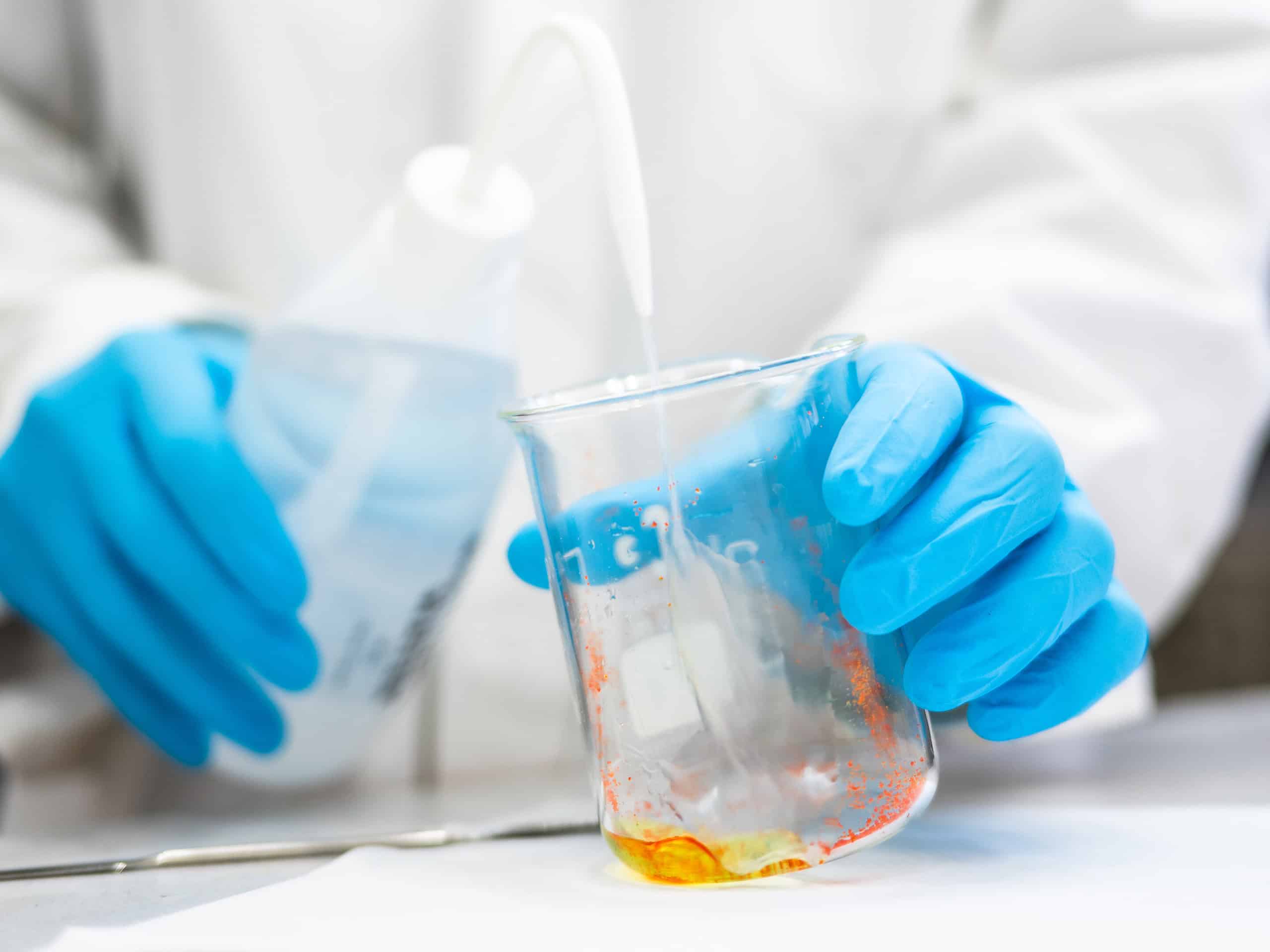
For the first time, scientists from Linköping University in Sweden have successfully developed gold sheets that are only a single atom layer thick. Dubbed “goldene,” this groundbreaking material exhibits new properties that could transform several technological applications, from environmental catalysis to advanced electronics.
Creating 2D gold
The creation of goldene marks a significant achievement in materials science. Typically, gold atoms naturally tend to clump together, making the formation of such thin layers challenging. Inspired by ancient techniques, the researchers applied a centuries-old Japanese method, refining it to suit modern scientific requirements.
In the process, the scientists have completely revamped some of the properties of gold. For instance, gold is a great electrical conductor, which is used in a lot of electronic hardware. Your phone and computer have gold in it for this exact reason.
But when reduced to a single sheet only one atom thick, gold (or goldene) becomes a semiconductor. Just as graphene exhibits extraordinary properties at a single-layer thickness, so does this 2D material.
“Since the discovery of graphene, 2D materials have gained interest for their extraordinary properties. Diverse 2D materials comprising non-metallic elements or covalently bonded blends have been investigated. However, the synthesis of 2D materials solely comprising metals is challenging,” the researchers told ZME Science in an email.
“Goldene is one of few elemental 2D materials comprising metals, which are produced via scalable methods. Metals, especially noble metals such as gold due to their plasmonic properties, are used in a wide range of applications such as chemical, biological, pharmaceutical, and electrical applications. Thus, goldene would find unique applications different from those of other 2D materials,” they added.
A Serendipitous Discovery

The journey to goldene began unexpectedly and had many twists and turns. The researchers were working with a special conductive ceramic called titanium silicon carbide in which silicon is embedded in very thin layers. They added some gold to the bulk material at high temperature to make it more conductive. But, to everyone’s surprise, they observed that atomic layers of gold replaced silicon within the ceramic matrix, leading to the formation of titanium gold carbide — a precursor to goldene.
These developments happened years ago, the result of groundbreaking work spearheaded by Lars Hultman, Professor of Thin Film Physics at Linköping University. The researchers knew they were sitting on a goldmine — if only they could find a way to peel off that 2D layer and extract the atomic gold.
The breakthrough moment arrived when Shun Kashiwaya joined the group as a researcher at the Materials Design Division at Linköping University. With Kashiwaya’s help, the researchers adapted a century-old Japanese technique, which uses Murakami’s reagent. The method was originally used for styling steel by removing carbon residues in knife-making. However, here they applied it to separating the titanium carbide out of the titanium gold carbide.
This process was painstaking. It involved tweaking different concentrations of Murakami’s reagent (an alkaline potassium ferricyanide solution) over different periods. Still, even this wasn’t enough. After much trial and error, the researchers found a sweet spot for the reagent’s dilution. But they also found the secret sauce: performing the etching under complete darkness. Light triggers the formation of cyanide ions from the reagent, which attack the gold. Finally, the researchers added surfactants to preserve the resulting golden sheets from curling and coalescence.
Potassium ferricyanide can be toxic, which is why it must be handled with extreme care. However, the researchers note that their method involves diluting this reagent to less than one percent in the solution, minimizing its impact. Moreover, the cyanide ions remain confined in the reagent’s molecules and not released.
Unveiling Goldene’s Potential
Using an electron microscope, the researchers confirmed goldene’s unique structure, characterized by having two free bonds in its two-dimensional form, thus enhancing its chemical reactivity. This makes it ideal as a catalyst for applications in carbon dioxide conversion, hydrogen production, and the creation of value-added chemicals.
Beyond the lab, the implications of goldene are vast. The material’s efficiency in catalytic applications means that less gold is needed for processes that currently depend on larger quantities of the metal. Goldene also exhibits semiconductor properties, unlike its bulk form. So, it opens up new uses for gold in technologies where traditional metals are not feasible.
“To anticipate potential applications, we aim to explore the fundamental properties of goldene and optimize the synthetic process further to increase the goldene sheet area and yield. The current upper limit is the substrate wafer size of 200 mm. Furthermore, we envision applying this developed synthetic approach to exfoliate atomic sheets of other 2D noble metals beyond golden,” said the researchers looking toward the future.
The findings appeared in the journal Nature Synthesis.


